Fix: Cannot Start Microsoft Outlook
If you run into problems when trying to open Microsoft Outlook, just know that you’re not alone. A lot of users have reported receiving the “Unable to start Microsoft Outlook” error in various shapes and forms.
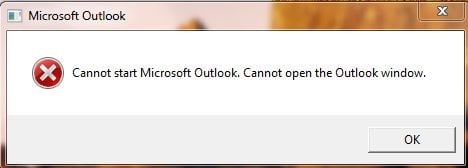
The issue is present on Outlook 2007, Outlook 2010, Outlook 2013 and Outlook 2016 and it seems to manifest regardless of your Windows version. Depending on your Outlook version, you might see a different error message like “Microsoft Outlook has encountered a problem and needs to close” or “Cannot start Microsoft Office Outlook”.

You can confirm that you have this type of issue by seeing if you find yourself in the next steps: You open Outlook and it appears to be hanging (while displaying the hourglass icon) for a couple of seconds until you get one of the error messages presented above.
If you have a similar problem, you can rest assured, as there are multiple fixes that proved to help users solve their problem. But before we get to the guides, here’s a quick list with some of the most common causes that will trigger this error message:
- Corrupted Navigation Pane (profilename.xml file) that will prevent Outlook from launching
- Outlook running in the Compatibility Mode
- Using an Outlook profile previously created in an older Outlook version
- Outlook data file (PST or OST) were accidentally deleted or damaged.
Now that we’re informed with the causes, let’s get to the part where you manage to get rid of the issue. Below you have a collection of methods that proved to be useful for a lot of users. Follow them in order until you find a fix that works for you. Let’s begin.
Method 1: Making sure Outlook is updated
I know this seems like a cheap fix, but it’s an obvious first start. If you have a license for an older Outlook version (like 2007 or 2010), you should be aware of some compatibility issues with Windows 10. Even more, it could be that Microsoft has already released a patch that fixes the very issue you’re confronting with.
Also, it’s entirely possible that Outlook refuses to start because it doesn’t play well with your Windows version. An easy fix for this is to install the latest updates for Microsoft Office and for Windows. Keep in mind that Outlook is updated with Microsoft Update, so make sure you install the latest updates in the Windows Settings. Here’s what you need to do:
- Open the Start bar and search for the Settings app. Double-click on it once you find it.

- Now click on Windows Update (under Update & security).
- Click on Check for Updates and wait for the query to complete.
- Follow through with every update until your system is up to date.

Method 2: Launching Outlook without Compatibility Mode
A weird occurrence with Outlook is that sometimes it automatically tries to launch in Compatibility mode. This is less common with Outlook 2016, but frequent in Outlook 2007 and Outlook 2010.
Compatibility mode is used to help a program that compatible with an older Windows version run on the latest versions of Windows. But in this case, compatibility mode can prevent Outlook from starting up on Windows 10 and Windows 8. Here’s how to turn it off:
- Make sure Outlook is completely closed (close the error message).
- Navigate to the path where Outlook is installed. Here’s a list of the default paths according to various Outlook versions:
Outlook 2016 – C:\ Program Files (x86) \ Microsoft Office \ root \ Office16
Outlook 2013 – C:\ Program Files (x86) \ Microsoft Office \ Office 15
Outlook 2010 – C:\ Program Files (x86) \ Microsoft Office \Office 14
Outlook 2007: C:\ Program Files (x86) \ Microsoft Office \ Office12
- Right-click on Outlook and click on Properties.
- Expand the Compatibility tab and make sure that the box near Run this program in compatibility mode for is unchecked.
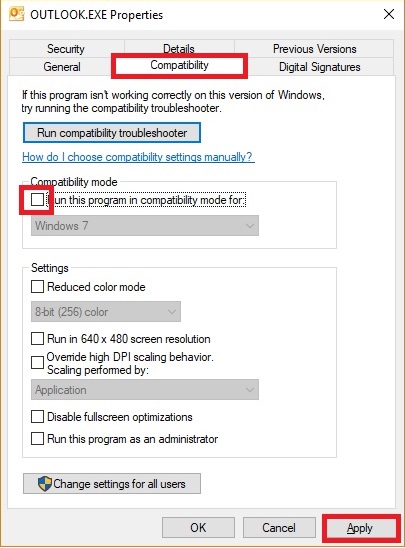
- Hit Apply to confirm your choice.
- Launch Outlook again from the same executable and see if it manages to start.
Method 3: Recovering or deleting the Navigation Pane
Another common cause that will trigger an error message when you try to start Outlook is corruption within the Navigation Pane settings file. If you didn’t know the Navigation Pane lets you access various helpful icons for easy access to the emails, calendar, tasks, etc.
In the event that it becomes glitched, we can use a command that removes any customisation previously done and hopefully the corrupted information. Here’s what you need to do:
- Make sure the error message of Outlook is closed.
- Go to Start and access the Run app.

- Type Outlook.exe /resetnavpane and hit OK. Keep in mind that any customisation previously done to the Navigation pane will be lost after this step.

- Open Outlook and see if it starts up normally.
If the fix above doesn’t prove to be useful, let’s try deleting the Navigation Pane from your PC. This will force outlook to create a new file the next time it starts. Here’s what you need to do:
- Make sure Outlook is completely closed.
- Navigate to %YOURUSERNAME% \ Local Settings \ Application Data \ Microsoft \ Outlook.
- Locate Outlook.xml file and delete it completely.

- Restart Outlook and see if it manages to boot up.
Method 4: Restoring Outlook to a previous version
If you’re still unable to open Outlook properly without the error message, let’s try restoring it to a previous version and try again. Here’s what you need to do:
- Navigate to the location where you installed Outlook.
- Right click on Outlook.exe and click on Properties.
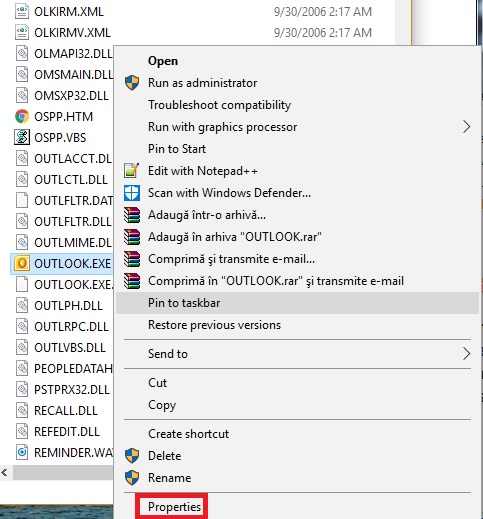
- Navigate to the Previous Versions tab and select an older version from the list. Click Open to run the older version and see if it manages to start.

- If it starts normally, hold the Win key + R key, then type taskmgr and hit Ok.
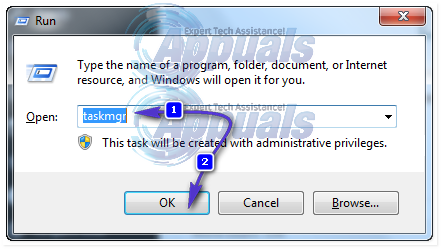
- Go to the Processes tab, right-click on Outlook and select Open File Location.
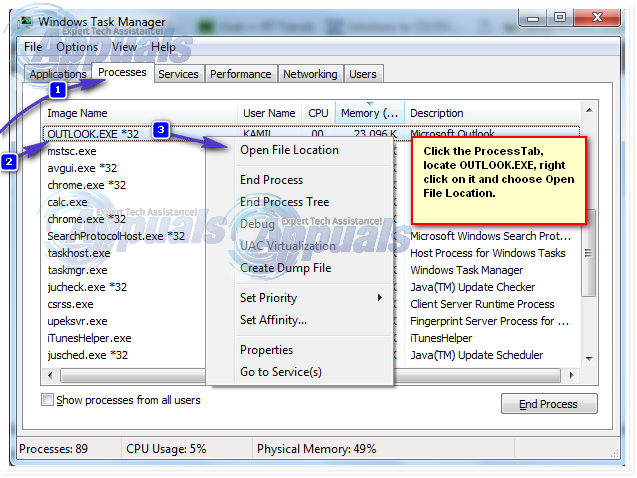
- Copy all the files from there and paste them in the location where you installed Outlook. The default path is C:\Program Files (x86)\Microsoft Office\Office.
- Open Outlook again from the default location and see if it starts without errors.
Method 5: Repairing the PST file with SCANPST
SCANPST is a Microsoft-provided tool that can be used to repair corrupt or damaged PST files. In the event that the PST (Personal Folders File) becomes corrupted or too crowded, it might prevent Outlook from starting normally. Follow the steps below to find out how to use SCANpst.exe to fix your PST file:
- Close the error message of Outlook and go to C:\ Program Files or C:\ Program Files (x86) / (x64).
- Once you’re there, use the search box to find SCANPST.exe.
 Note: If you can’t find SCANPST via the search bar, navigate to one of the locations below according to your Outlook version:
Note: If you can’t find SCANPST via the search bar, navigate to one of the locations below according to your Outlook version:
Outlook 2016: C:\ Program Files (x86) or (x64) \Microsoft Office \ root \ Office16
Outlook 2013: C:\ Program Files (x86) or (x64) \Microsoft Office \ Office15
Outlook 2010: C:\ Program Files (x86) or (x64) \Microsoft Office \ Office14
Outlook 2007: C:\ Program Files (x86) or (x64) \Microsoft Office \ Office12 - Open SCANPST.exe and hit the Browse button. Navigate to Documents\Outlook Files to find your PST file. Hit Start to begin scanning your PST file.
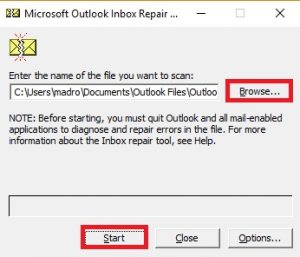
- If you have errors or inconsistencies at the end of the scanning process, click the Repair button to fix them.

- Start Outlook again and see if it starts normally.
Method 6: Resetting your Outlook profile
If none of the solutions above worked, there’s a strong chance you might be dealing with a corrupted Outlook profile. We can easily check if that’s the case by creating a dummy profile and seeing if Outlook manages to start with it. Here’s what you need to do:
- Navigate to Control Panel > Mail 32 bit and click on Show Profiles.
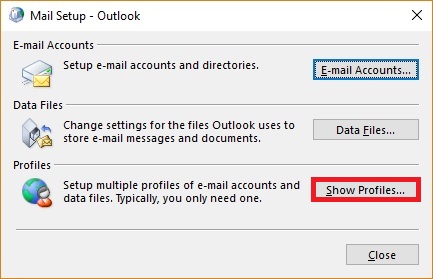
- Now click the Add button from the newly appeared Mail window. Insert a name for your new profile and hit Ok.

- Now re-configure your email account on the new profile. Insert the same email and password that you used with the first Outlook profile.

- Return to the initial Mail window and make sure the profile you’ve just created is used by default. Hit Apply to confirm.

- Restart Outlook and see if it starts up without the error message.
Method 7: Starting Outlook without add-ins
We’ve pretty much burned through every potential fix, but we’ve got one more thing left to try. Sometimes Outlook will break down as a result of the various add-ins that we install. We can easily check if that’s the case by opening Outlook in Safe Mode and pinpoint if the issue is caused by one of the add-ins.
If Outlook manages to start in Safe Mode, we’ll proceed by removing every add-in until we are able to start in normal mode without errors. Here’s how:
- Make sure the error message of Outlook is closed.
- Open a Run window, type outlook /safe and hit Enter.
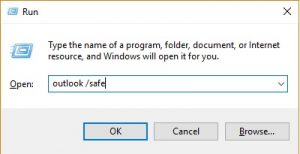
- If Outlook fully starts in Safe Mode, click on the File tab and navigate to Options.
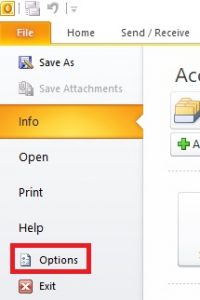
- Now click on the Add-ins tab to expand it. Expand the drop-drop down menu next to Manage (lower-side of the screen) and select COM Add-ins from the list.

- Now take a screenshot with the add-in list and save it somewhere so you’ll know how to restore the normal configuration afterward.
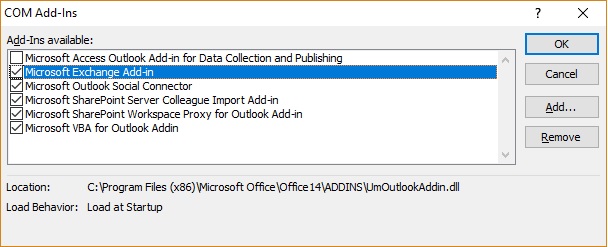
- Clear each selected checkbox and hit OK.
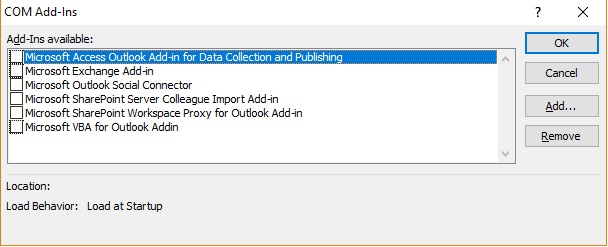
- Close Outlook and try to open it again in normal mode. If you were able to do it, return to File > Option> Add-ins and systematically enable each add-in again until you pinpoint the conflict.